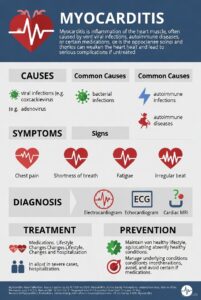-
-
-
-
- Preschooler: Developing Initiative and Preoperational Thought
- Egocentric
- Explain procedure in simple terms and in relation to how it affects child (as with toddler, stress sensory aspects).
- Demonstrate use of equipment.
- Allow child to play with miniature or actual equipment.
- Encourage “playing out” experience on a doll both before and after procedure to clarify misconceptions.
- Use neutral words to describe the procedure.
- Increased Language Skills
- Use verbal explanation but avoid overestimating child’s comprehension of words.
- Encourage child to verbalize ideas and feelings.
- Limited Concept of Time and Frustration Tolerance
- Implement same approaches as for toddler but may plan longer teaching session (10 to 15 minutes); may divide information into more than one session.
- Illness and Hospitalization Viewed as Punishment
- Clarify why each procedure is performed; child will find it difficult to understand how medicine can make him or her feel better and can taste bad at the same time.
- Ask child thoughts regarding why a procedure is performed.
- State directly that procedures are never a form of punishment.
- Animism
- Keep equipment out of sight except when shown to or used on child.
- Fears of Bodily Harm, Intrusion, and Castration
- Point out on drawing, doll, or child where procedure is performed.
- Emphasize that no other body part will be involved.
- Use nonintrusive procedures whenever possible (e.g., axillary temperatures, oral medication).
- Apply an adhesive bandage over puncture site.
- Encourage parental presence.
- Realize that procedures involving genitalia provoke anxiety.
- Allow child to wear underpants with gown.
- Explain unfamiliar situations, especially noises or lights.
- Striving for Initiative
- Involve child in care whenever possible (e.g., hold equipment, remove dressing).
- Give choices whenever possible but avoid excessive delays.
- Praise child for helping and attempting to cooperate; never shame child for lack of cooperation.
- Egocentric
- Preschooler: Developing Initiative and Preoperational Thought
-
-
-

Reduce Your Risk from Respiratory Viruses This Holiday Season
November 20, 2024, 12:30 PM EST For Everyone NOV. 20, 2024 WHAT TO KNOW Flu, COVID-19, and RSV illnesses are at low levels right now



